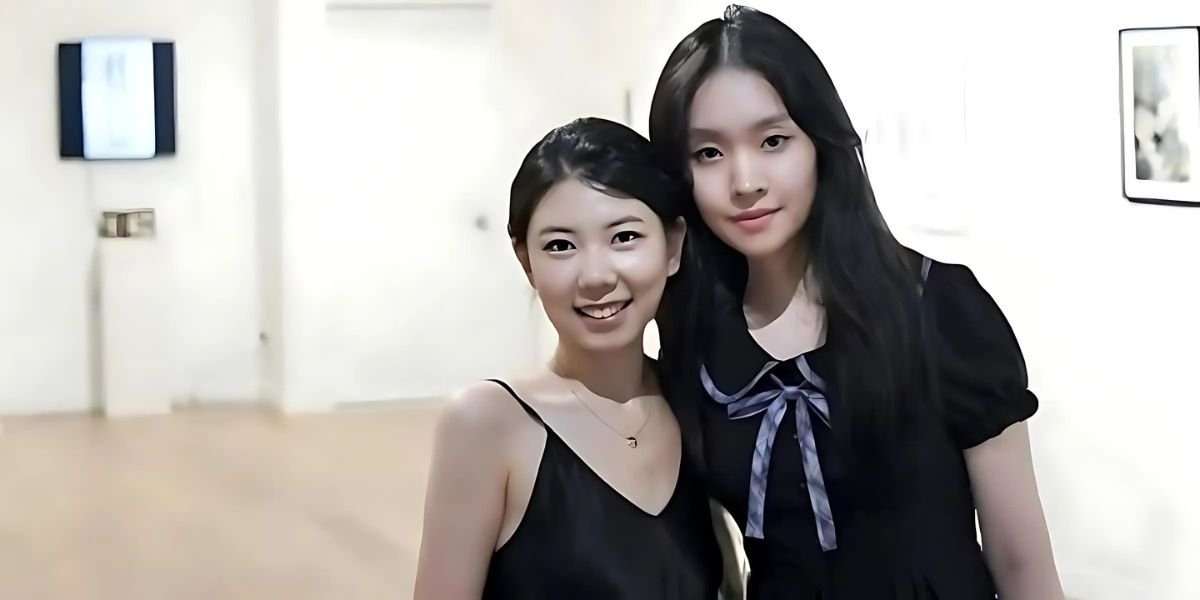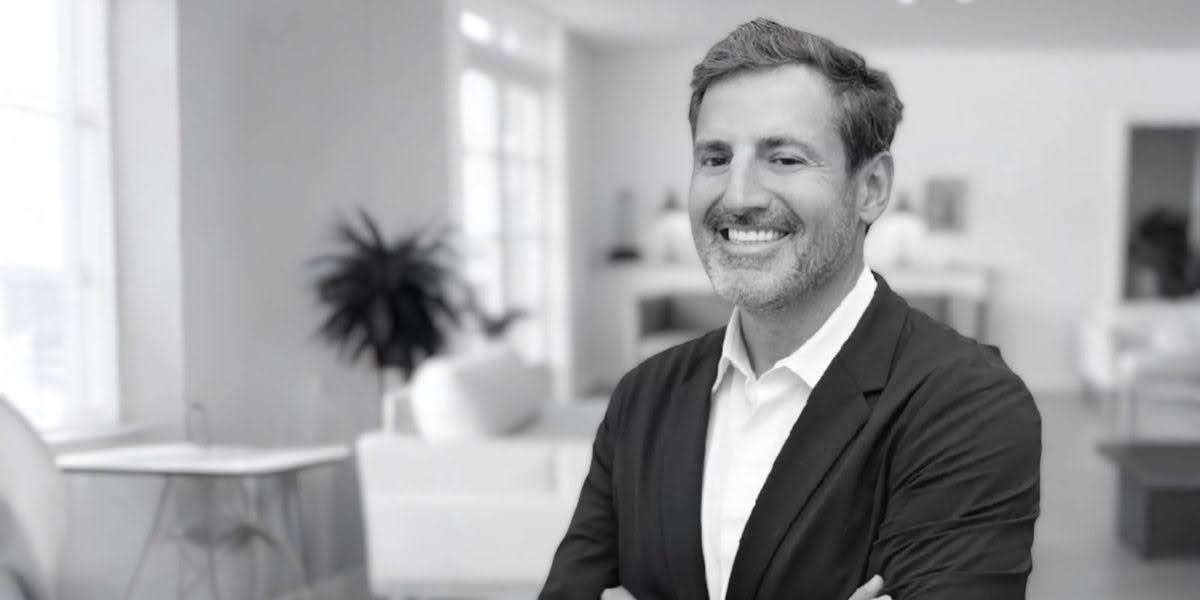Fashion is constantly evolving, and one of the most significant shifts in recent years is the growing influence of street style on high-end runways. What once began as a grassroots movement on the streets of major cities like New York, Tokyo, and Paris has now made its way into the world of luxury fashion. Urban trends, influenced by youth culture, music, and everyday life, are increasingly being seen in collections from some of the most prestigious designers. This fusion of street style and haute couture has transformed the way people view fashion and how designers approach their creations. In this article, we’ll explore how street style is shaping the world of high-end fashion and why it’s important in today’s fashion landscape.
The Rise of Street Style and Its Influence on High-End Fashion
Over the past decade, street style has become more than just a fashion trend; it has evolved into a major source of inspiration for designers worldwide. While high-end fashion used to be associated with luxury, formality, and exclusivity, today it embraces a more relaxed and accessible approach. This shift is partly due to the growing prominence of streetwear, which includes comfortable and casual pieces like hoodies, sneakers, and graphic t-shirts.
Street style originated from the streets and subcultures, where people were expressing their individualism through fashion. Over time, these urban influences found their way into mainstream fashion, especially as fashion influencers, bloggers, and social media platforms helped spread the message. Designers, always looking for fresh ideas, began to recognize the impact of street style on youth culture and how it resonated with a broad audience. As a result, high-end fashion houses started to incorporate elements of streetwear into their collections.
Today, you can see elements of urban fashion on the runways of luxury fashion houses such as Louis Vuitton, Gucci, and Balenciaga. These brands are no longer just about formal wear or evening gowns; they are also embracing the influence of casual, everyday fashion. Items that were once considered too casual for high-end fashion, like sneakers and oversized jackets, have become staple pieces in many collections.
How Designers Are Adapting to the Street Style Movement
Designers are constantly adapting to changes in the fashion industry, and the street style movement is no exception. Many high-end designers are now integrating urban trends into their collections to stay relevant to younger audiences and to cater to the growing demand for more casual, everyday wear.
One of the ways designers have incorporated street style into their collections is by using more relaxed and comfortable silhouettes. Loose-fitting clothes, like baggy pants or oversized blazers, have become prominent in many luxury collections. This is a direct influence of streetwear, where comfort and functionality are key. Designers are also playing with bold colors, graphic prints, and logo-centric designs, which are staples in street style. These elements allow high-end fashion to feel more accessible and relatable to a broader range of people.
Collaborations between high-end brands and streetwear labels have also become increasingly common. For example, the collaboration between Adidas and Yeezy has blurred the lines between street style and high fashion, bringing sneakers and athleisure into the luxury fashion world. These partnerships have helped introduce street style to the high-fashion world in an innovative and modern way. It’s clear that street style is no longer seen as a passing trend but rather a vital influence on the fashion industry as a whole.
The Impact of Social Media on the Street Style and Runway Connection
Social media has played a massive role in bridging the gap between street style and high fashion. Platforms like Instagram, TikTok, and Pinterest have allowed individuals to showcase their outfits and style ideas to a global audience. This digital landscape has made it easier for street style trends to spread quickly and reach a larger audience, including fashion designers. Social media influencers and content creators often set the stage for new trends, making it easier for designers to see what’s popular and what their target audience wants.
With the rise of street style influencers, brands are now using these online platforms to promote their collections in a way that feels more relatable and authentic. The traditional method of showcasing collections in fashion shows is now supplemented by the influence of social media, where streetwear brands and fashion influencers can directly engage with their audiences. This shift has made it easier for street style to influence high-end fashion in real-time.
Social media also allows people to get a behind-the-scenes look at the design process, helping them feel more connected to the collections. Designers can test out concepts or styles online, getting immediate feedback from their audience before they even hit the runway. This level of engagement has encouraged high-end designers to adopt elements of streetwear into their designs to keep up with the fast pace of fashion trends.
The Future of Street Style and High-End Fashion
As we look to the future of fashion, the line between street style and high-end fashion will continue to blur. With younger generations prioritizing comfort, authenticity, and individuality, it’s likely that streetwear will continue to play a significant role in shaping the fashion industry. Designers will continue to experiment with urban trends, casual wear, and bold patterns, blending them with traditional high-fashion techniques.
The growing influence of street style on luxury fashion is a sign of the changing fashion landscape. Fashion is becoming more inclusive, with diverse influences from different cultures and communities coming together. High-end designers are no longer just focused on creating clothing for the elite; they are designing for a broader audience that values both style and comfort.
In conclusion, street style has become an integral part of the fashion world, influencing everything from runway collections to everyday streetwear. As urban trends continue to inspire designers, the gap between high-end fashion and street style will keep narrowing. Fashion is moving toward a more inclusive, comfortable, and authentic future, where the runway is not just a place for luxury but also a space for urban culture to thrive. Streetwear, once reserved for the streets, has now found its place in the world of high fashion, and it looks like it’s here to stay.









